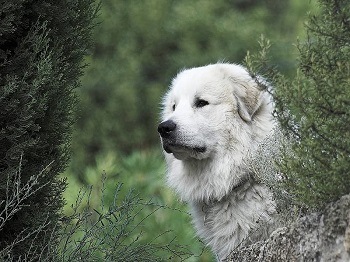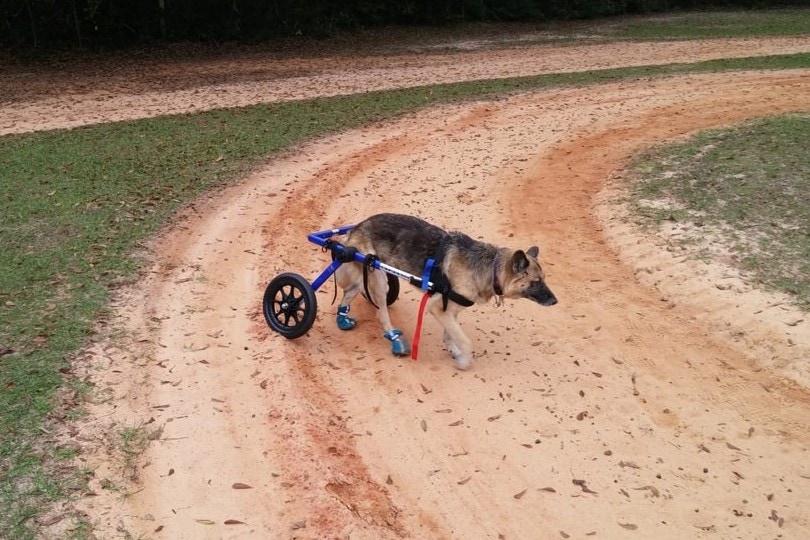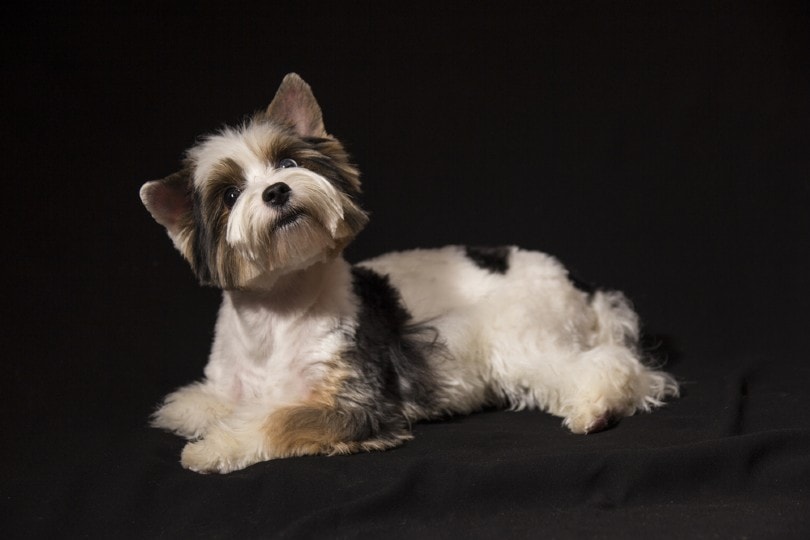What Kind of Dog Is Lassie? The True Story

Updated on
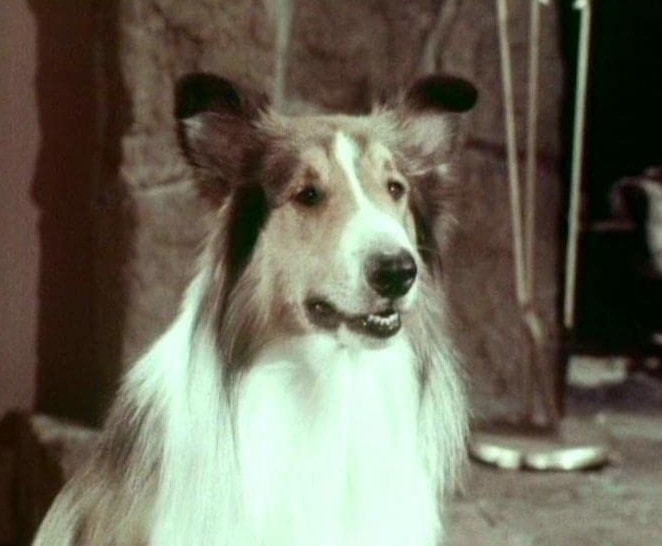
Chances are you’ve seen or heard of Lassie, one of the most well-known dogs in media over the past few decades, if not the most famous. The highly intelligent and adventurous Lassie originated as a fictional character in a short story by Erik Knight. Although Lassie was later portrayed in TV shows and movies, many fans wonder what kind of dog Lassie was in the original stories and what breed later portrayed her in the movies. We’ve got the answers to both questions and more, so let’s dive in! The short answer is that Lassie was a Rough Collie inspired by a Scotch Collie. Here’s the story:
The Real-Life Lassie Dog
Erik Knight explained that he developed the fictional character of Lassie based on a dog that he had when he was younger. His real-life dog — named Toots — was an old-fashioned Collie, sometimes referred to as a Scotch Collie. This variation of Collie was developed in Scotland and was bred for hunting and herding.
These dogs are known to be highly intelligent and hardworking, and these qualities certainly made their way into Lassie’s original character. Knight explained that his real-life dog was an extremely loyal and loving companion that would often wait for his return from school for hours, and it was this kind of devotion and connection that inspired the character and story of Lassie, a dog who is uprooted from her home and travels hundreds of miles to be reunited with her original owner.
However, while Lassie was based on a Scotch Collie, the dog’s actual representation in the short story and novel suggests that she was a different breed.
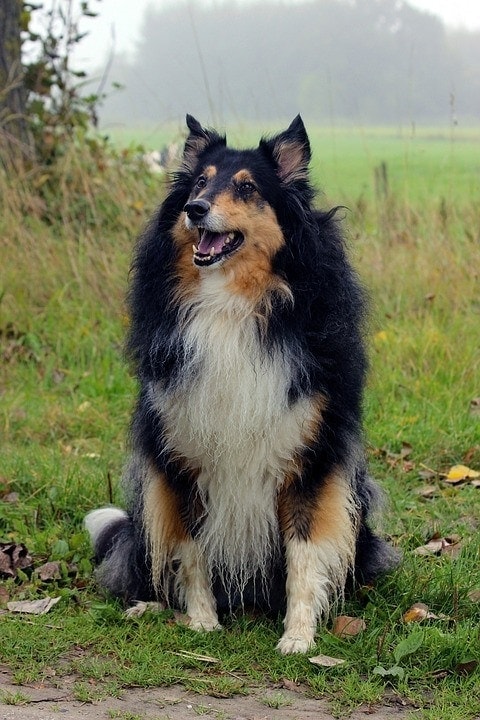
Lassie in Literature
The first Lassie short story, as well as the novel it was later developed into by the same name, Lassie Come Home, didn’t originally have accurate illustrations of the dog in the story. As such, it’s unclear as to exactly what kind of dog the original Lassie was.
We do, however, have textual descriptions that we can go off of that appeared in the longer novel. The author describes Lassie as a “tri-color collie,” referring to the standard coloration of the old fashioned Collie breed and its many variations: black, white, and brown. He also mentions that Lassie was of a “fine breed” with an “aristocratic” snout and a “rich, deep coat.” These clues all suggest that Lassie is a Rough Collie.
The standard coloration he mentions could describe any Collie variation, but the distinct mention of an “aristocratic” snout likely refers to the triangular muzzle found on a Rough or Smooth Collie. This snout differs greatly from that of the Scotch Collie which is much more square.
The “deep coat” mentioned in the novel further narrows down the possibilities, as Smooth Collies have short coats, while Rough Collies have longer, thicker coats. The likelihood, based on these descriptions, is that the Lassie that appears in Knight’s short story and novel is a Rough Collie with the standard black, brown, and white coloration.
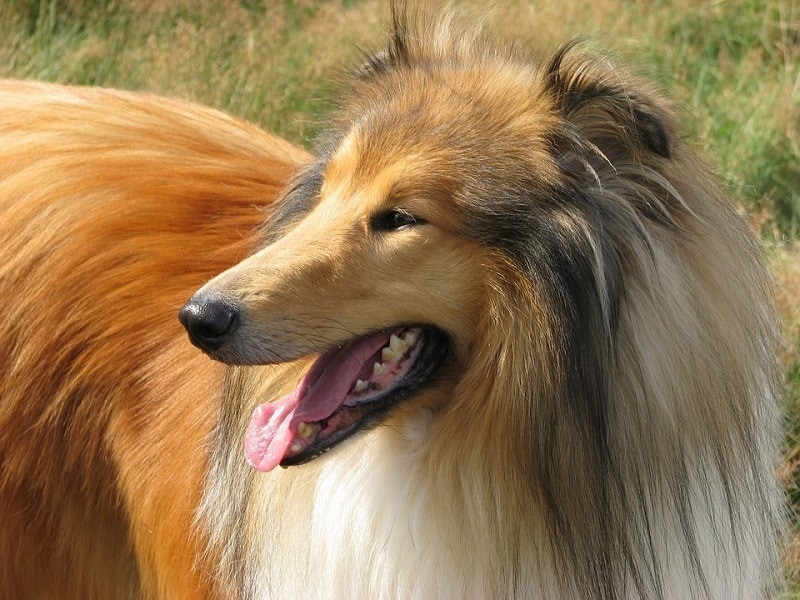
Lassie in TV and Movies
While it may require some detective work to determine what kind of dog Lassie was in the original short story and novel, it only takes someone familiar with the breed to determine what kind of dog portrayed Lassie on TV and on the big screen.
The story of Lassie was adapted for a full-length movie in 1943 called Lassie Come Home, and finally, with the release of this movie, fans could see what kind of dog Lassie was. Lassie was portrayed in the film by none other than a Rough Collie named Pal! Pal had a long, thick, sable coat with the standard coloration of a Rough Collie: black, brown, and white. Sure enough, the movie version of Lassie had the triangular, “aristocratic” snout, and a “rich, deep coat.”
Pal continued to star in additional Lassie movies and even the TV series, Lassie, as well. The TV series started in 1954, and as Pal aged, producers replaced his part in future movies and the ongoing TV series with his younger relatives. Even after the original Lassie dog left the big screen, a Rough Collie was used to portray the famous canine character.
Why Was Lassie a Rough Collie?
Many fans of the book, movies, and TV series wonder why Lassie was described as and later portrayed by a Rough Collie if her real-life inspiration was an old-fashioned or Scotch Collie.
Knight’s original fictional character was a highly intelligent, loyal, and dedicated dog. While all of these traits also match the author’s actual Scotch Collie, Toots, Lassie was also described as being of a breed that was desirable by wealthy and well-off men.
The Scotch Collie was a working dog that was associated with a more middle-class way of life. In fact, the American Kennel Club renamed the more standardized descendants of the Scotch Collie the “Smooth Collie” and the “Rough Collie” to differentiate between the working-class Scotch Collie in Scotland and the more desirable and refined descendants which were imported into America.
It’s likely that Knight wanted his fictional character to be a more refined and desirable dog while still maintaining some of the characteristics of the Scotch Collie. Thus, Lassie was described more appropriately as a Rough Collie.
Lassie Dog Type: The Verdict
As a fictional character, it’s a bit difficult to say definitively what kind of dog Lassie is. The character was based on a Scotch Collie that was owned by the author of the original Lassie story and novel, Erik Knight. However, based on descriptions from the novel, Lassie better resembled a Rough Collie than the old fashioned variation of Collie that Knight owned. In TV and movies, Lassie was portrayed by a Rough Collie named Pal. Therefore, it’s safest to say that Lassie is a tri-color Rough Collie.
See Also:
Featured Image Credit: Characters by Jack Wrather Productions. All rights reserved to the copyright owners.


